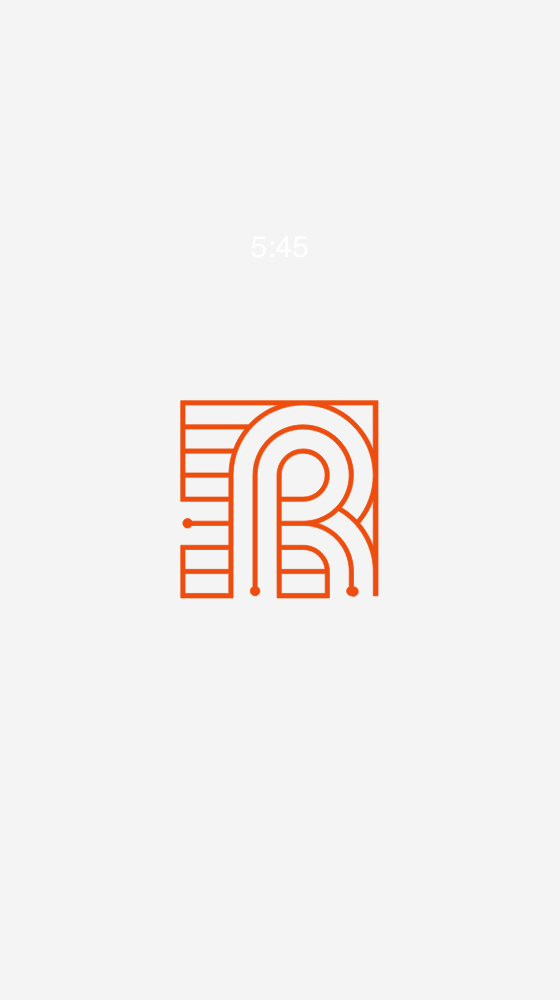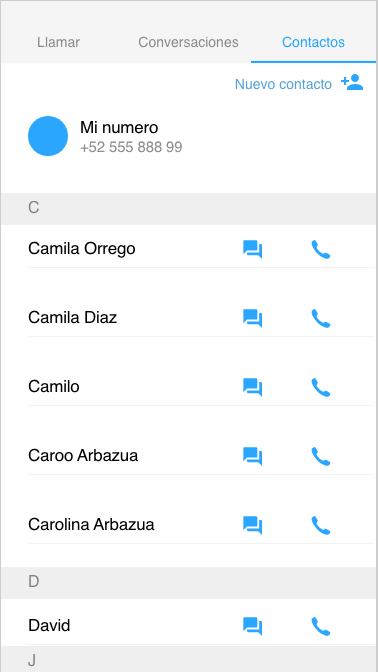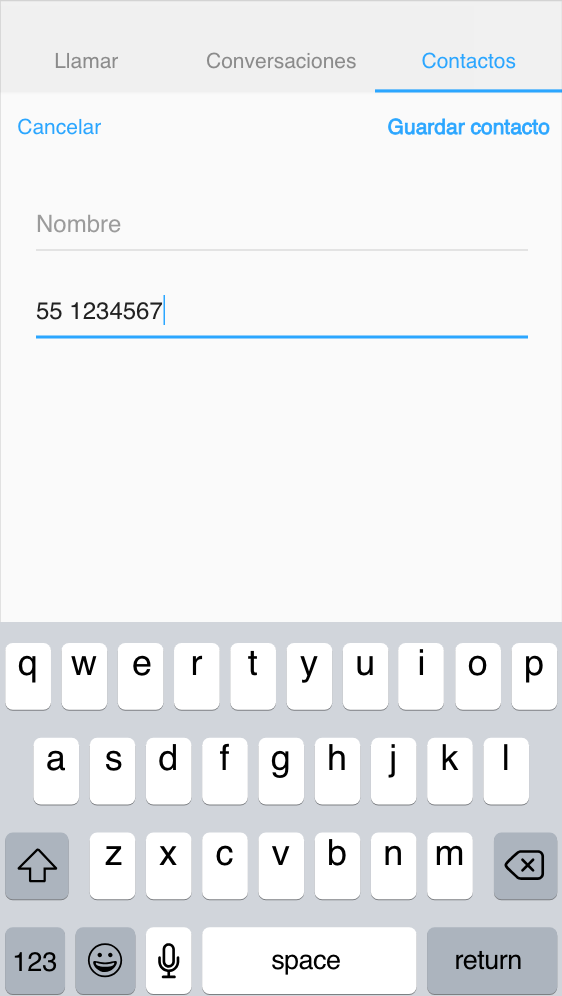WebPh.one
No 1 About Project
An App that connects friends and families on Community Mobile Networks
This project was a Minor Field Study for Sida (Swedish International Development Cooperation Agency) and in collaboration with Rhizomatica. WebPh.one beta is an open source progressive web application that allows you to make calls to Community Cellular Networks and to each other. The application transfers messages and calls from people outside rural communities to people inside the communities. The application works as a bridge between communities and additionally lowers the high cost of regular messages and phone calls. Progressive web applications work with a google chrome browser and are therefore a suitable technical solution for all kind of smartphone users comparing to native applications. Webph.one is open source and can be configured to call any SIP network. The application is free to use and can be modified and contributed by anyone.
Read full project report here
No 2 The process
Talking to the communities
The fieldwork was divided into four parts; defining the users and their network usage; PD workshop; designing a prototype of the application; conducting a usability evaluation of the design. Interviews were done with employees at Rhizomatica and people from the community Santa Inés de Zaragoza to understand the user groups. Santa Inés de Zaragoza is one of the communities that runs a community cellular network installed by Rhizomatica. Around 50 people were invited to an open discussion about the benefits and limitations of the 2G network.
A participatory design method was selected to minimise the hierarchy and difference between the designer and the users as participatory designers should be facilitators and avoid taking a dominant position. Considering the history of colonialism in Mexico and how indigenous communities have been treated, they tend to prefer non-dominant social groups to hierarchical models. Furthermore, using a participatory approach could empower the users in making their own decisions and taking additional control over their network. The network is owned and administrated by the communities, therefore engaging in the design of the application could increase the autonomy. Allowing user engagement was necessary for the solution to be as long-term sustainable as possible.


Participatory Design Workshop
A PD workshop was held in Santa Inés de Zaragoza. Parts of the workshop were voice recorded, and notes were taken from the discussions. There were 10 participants in the workshop, 5 female and 5 males. The division was selected to avoid gender imbalanced design contributions. 5 of the participants had previous smartphone experience and 5 had no experience at all. The aim with this distributions was to get the expertise of different perspectives.
Each participant was provided with sticky notes, snacks, pencils in different colours and papers with smartphones to draw the paper prototypes. While prototyping, the participants were encouraged to design the application after what objectives and user scenarios they found most important. Observations of the discussions were made to understand communication patterns and design references further.
The design teams ranked the most important functions in the app different and therefore had different design suggestions. Non-smartphone users considered the calling function more important than messages. The users that were more used to smartphones selected messaging, rather than the calling function as the most important. One group suggested adding a menu that covered a whole page, which I argued is not very usable since the menu isn't accessible at all times. However, I decided to test the suggested menu in my usability test.



Paper prototyping by the users
Usability Tests and Design Iterations
From the insights of the PD workshop I created a UX designs that were usability tested. Usability testing was made with users from five different communities. Six tasks were performed in the usability test and the participants were aked to think out loud. The tasks were decided from what the participants in the PD workshop found most important. The sessions were 1 hour long, and both screen and audio recorded. The usability tests revealed some usability problems that were improved by new design iterations until the usability results improved.
No 3 The application
Result
Using several methods such as an open discussion, PD workshop, usability tests, user dialogues and interviews was proven to be vital as they all gave insights. This combination was favourable as one method complemented the weaker outcomes of another. User dialogues encouraged women to suggest design ideas more than in the PD workshop. Still, the PD workshop was more in line with the community's entrepreneurial spirit, which was a community-, rather than individually-based.
The most common mobile device in the community allowed text messages and phone calls. A balance between local mobile device conditions and design suggestions resulted in an end design with simple features. Important context-aware design factors was using familiar symbols for people who cannot read and following design patterns of Mexicos most popular communication app; WhatsApp. Using a participatory design method helped identify design and technology solutions appropriate for the local reality. The aspiration with the application was to enable the contributions that mobile telephony brings such as positive economic, social and political development. Connectivity facilitates community organisation, personal and collective autonomy, and access to information. Societies are based on communication, and the objective of the application was to contribute to social development. I aspired for the design to be appropriated and enhanced by the users, as a reason for project failure is when local appropriation does not occur. The app was developed using Angular 5.






No 4 Roles
- Progressive Web Application
- UI/UX
- Usability Testing
- Participatory Design
- Angular 5
- Material Design Guidelines
- Interface Design
- Adobe XD